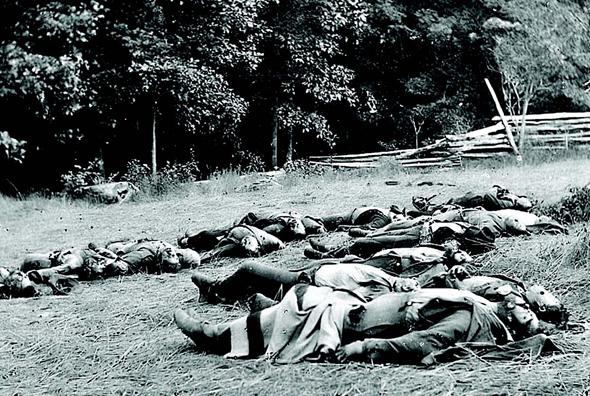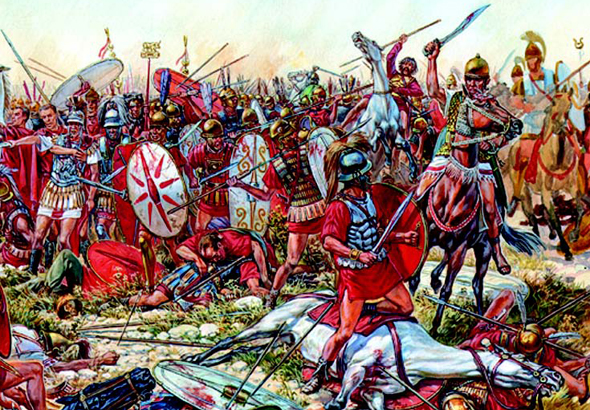Online pornography is accessible, affordable and anonymous; and research has linked it to behaviours that can impact on physical and mental health - especially in young people.
 ISTOCKPHOTO | TIBURONSTUDIOS
ISTOCKPHOTO | TIBURONSTUDIOS
Pornography is nothing new; the ancient Greeks and Romans had phallic imagery, Indians adorned their temples with sexually explicit sculptures, and the Japanese saw sexual material as the norm in the 17th century.
Curiosity about the human body and sex is natural and this generation of young people is not the first to be intrigued by pornography.
But a growing body of research that suggests the internet makes pornography more accessible than ever before, and there are concerns about how this can affect our emotional and physical health, especially when it's young people who are looking at it.
How many young people see porn?
Dr Rebecca Guy, a senior lecturer with the Sexual Health Program at the University of New South Wales's Kirby Institute, says: "There is, therefore, the potential for adolescents to undergo high-level exposure to sexual content and interactions on the internet."
Guy argues studies have shown a strong association between young people's exposure to online porn and acceptance of earlier and more diverse sexual practice, which, in turn, predisposes them to adverse health outcomes.
However, Guy says despite the 'strong hypothesis and evolving evidence' linking exposure to online pornography with poorer adolescent health, there is still a lot of uncertainty around this issue and the question of what, if anything, needs to be done about it.
"One study of Dutch adolescents found that exposure to sexually explicit material on the internet did not predict subsequent sexual behaviour," she says.
"However, in the US, studies found that adolescents with greater exposure were more likely to have engaged in sexual intercourse or aggressive or violent sexual practices."
Professor Raj Sitharthan, from the department of psychiatry at the University of Sydney, says the concerns about access to online pornography extend to the minority of viewers, not the majority.
"We're not suggesting that everyone who watches porn will have negative aspects, definitely not, [but] this [ease of] access [to online pornography] opens up a whole new problem," he says.
Maree Crabbe is a sex educator from Victoria, who is currently looking at the changing nature of pornography and its effect on young people.
Her work on The Reality and Risk project has given her the opportunity to interview a diverse range of people about pornography, including young people, porn actors and others working in the industry.
Speaking on ABC Radio National's Life Matters program recently, she says her research suggests online pornography is a problem for young people for a number of reasons, including:
- Accessibility – there are now a multitude of free images available to view anywhere, anytime.
- Explicit nature of material – online porn is often highly explicit, including hard-core sexual acts that are often quite aggressive, especially towards woman.
- Changing behaviour in young people – during her interviews she encountered many young people who spoke of mimicking what they see in pornography in their own sexual encounters.
Negative impact
Experts and research suggest the negative health effects of viewing pornography largely fall into two categories. The first is sexual behaviour that can increase the risk of contracting sexually transmitted infections, such as HIV, Chlamydia, gonorrhoea and HPV (which causes genital warts). Specific examples of risky sexual behaviour include having:
- unprotected sex;
- a greater number of sexual partners;
- sex at an earlier age;
- using alcohol or drugs in association with sexual encounters;
- viewing illegal or inappropriate material.
The second negative health category relates to an altered sense of reality, especially if the material being viewed is overly aggressive. In some cases this leaves young people believing inappropriate sexual behaviour, such as violent, aggressive or non-consensual sex, is normal and acceptable. There's also evidence to suggest pornography can lead to having a misguided perception of how the human body should look and negative body image. In turn, these issues can have a lifelong impact on young people's self-esteem, and their ability to form satisfying relationships later in life.
While these behaviours are not always damaging to emotional and physical health, they can be.
For a small minority of those accessing pornography, Sitharthan says, there can also be an issue of dependency.
"Anything in excess is the critical factor. Along with things like gambling, porn is a behavioural addiction," he says.
The impact of behavioural addiction can include social withdrawal,relationship breakdown, shelving responsibilities and an inability to enjoy other activities.
What you can do?
Research aside, the most important thing parents can do if they discover their child is viewing porn is to take a calm and proactive approach.
"First, do not over react ... try to work out if pornography is being regularly and systematically accessed, and if you are aware of any mood or emotional patterns that seem to be associated with times of extended internet usage," says Guy.
Equally important is to make a distinction between natural curiosity about sex and regular or compulsive viewing of pornography.
At this point, it is important for parents to talk to their child about the issue calmly and openly, without being judgmental.
"Expressing interest in what he or she is doing in a way that is not intrusive, and (having) a high threshold for reaction, will have a good chance of ensuring that you maintain a relationship of trust, which is going to be the thing that counts the most," says Guy.
Sitharthan agrees that messages about sex are best conveyed by adult family members, and says it's important to explain to young people that while their curiosity is natural, what they see in pornographic material is often not reality.
If you discover your child is viewing pornography:
- Don't overact. Some young people stumble across porn by accident, and leave the site quickly.
- Distinguish between normal curiosity about sex and regular or compulsive viewing of pornographic material.
- Put the computer in a visible spot in the house, and restrict your child's access to the internet on portable devices.
- Monitor – but don't spy – on their internet use.
- Teach them how to detect and avoid unwanted sexual solicitation online.
- Encourage them to engage in many different activities so they get enjoyment from more than just the computer and internet.
- If it is an adult you are concerned about, talk about your concerns and encourage them to see their GP, who may refer them to a psychologist or psychiatrist.





























Should Christians be less concerned with fulfilling Maslow’s hierarchy of needs, with grasping at a vague potential, than seeking to serve God, our families, society and wider world.
We find ourselves by losing it, not by striving for unattainable potential.
The scriptures do point to making every effort, to desiring, to putting on or off qualities.
Why import a wobbly humanistic concept like potential?
When I reach my so-called potential in vocation or sport, should I cease making every effort to be conformed to the image of the Son of God?
Take every thought captive!